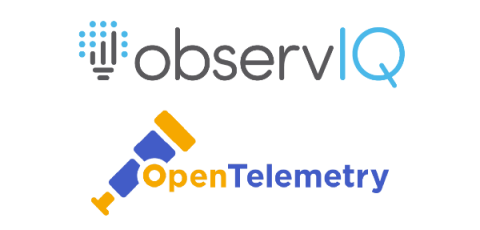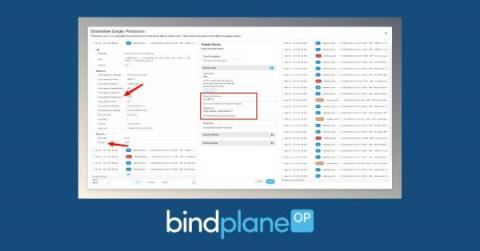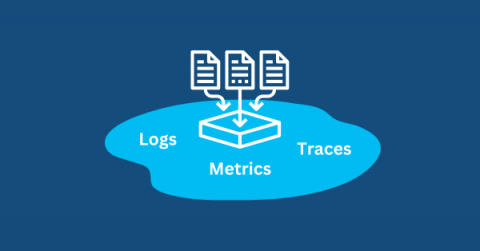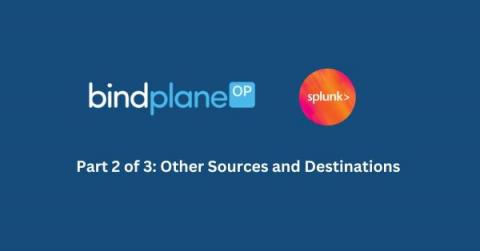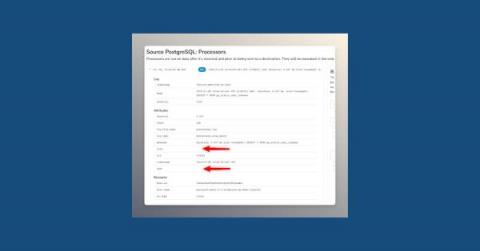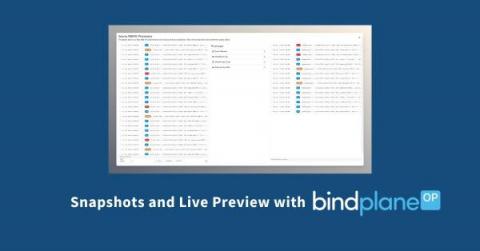How to Install and Configure an OpenTelemetry Collector
In the last 12 months, there’s been significant progress in the OpenTelemetry project -- arriving in the form of contributions, stability, and adoption. Being such, it felt a good time to refresh this post, providing project newcomers a short guide to get up and running quickly. In this post, I'll step through.


